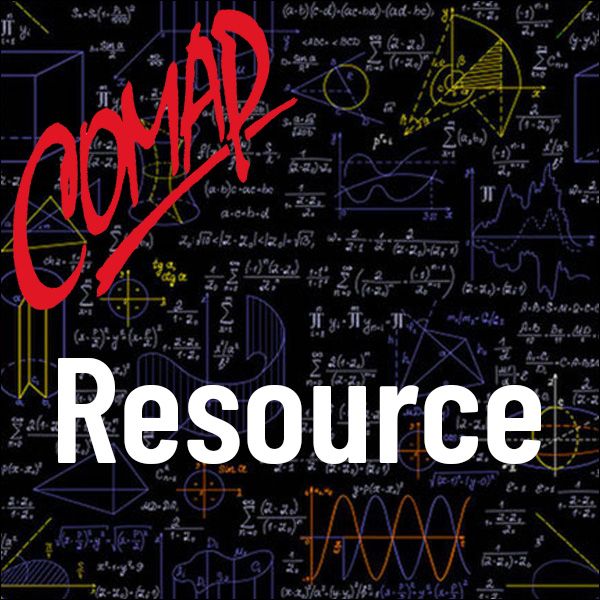Microarrays : Arrays of Hope (Teacher)
Author: Published by COMAP, Inc. in conjunction with DIMACS, Rutgers University.
What is the BioMath Connection (BMC) Project?
BMC was a pioneering project linking biology and mathematics in the high schools. It provided an opportunity for high school teachers, writers, researchers, and others to get in on the ground floor of developing innovative classroom materials. The materials consist of 20 modules that can be flexibly adapted for use in a variety of courses at a variety of grade levels in both biology and mathematics. The project was run by DIMACS at Rutgers University in collaboration with the Consortium for Mathematics and its Applications (COMAP) and Colorado State University (CSU).
In all living organisms, DNA carries the code for life. Your DNA and the DNA of every organism is made up of four basic subunits that are arranged in different orders to provide the secret code of life. This is very similar to the way our alphabet works. Read the following two sentences and visualize in your mind what each of these looks like.
THE BIG CAT ATE THE FAT RAT.
THE BIG BAT ATE THE FAT RAT.
Only one letter in our code was changed, but the meaning of the sentence has changed. The same is true of our DNA. In DNA our alphabet consists only of T, A, C, and G, which represent the four basic subunits of DNA called bases. The bases follow very specific pairing rules to form a molecule of DNA that has 2 strands and resembles a ladder.
Topics
Biology: Microarrays are used to explore the genes that could be associated with genetic conditions. The production of cDNA from mRNA and the hybridization of 2 strands of DNA are covered. Gene expression and the level of expression are explored.
Mathematics: The mathematics of this unit is primarily statistical in nature. The key idea in statistics is variability, so much of this unit deals with how to display, describe, and measure variation in various data settings. Color is introduced as a quantifiable variable, useful in measuring a biologically important phenomenon. Dotplots provide easy-to-make and easy-to-interpret displays for univariate data. The unit introduces four summary statistics (mean, median, standard deviation, and, optionally, interquartile range) to help quantify the characteristics of location and spread within univariate data. Clustering of points within a scatter plot helps identify patients with similar characteristics, and Euclidean distance provides a tool for measuring that similarity.
Prerequisites
Biology: This unit is appropriate for an introductory biology class of 9th or 10th graders, a genetics class or human physiology class that deals with genetic disorders, or an AP biology class. The unit deals primarily with the genetic cause of disease as researched through the use of microarray technology. Background knowledge of DNA, replication, transcription, and genes is helpful but not required.
Mathematics: Any high school math level, but most appropriate at Algebra 1, geometry, or Introductory Statistics levels. The mathematics of this unit includes introductions to exploratory data analysis in one and two dimensions. Students should be familiar with representing numbers on number lines and plotting ordered pairs in a Cartesian coordinate system. Knowledge of the Pythagorean theorem or distance formula is also assumed.
Length
This unit consists of 5 lessons and an assessment. It will take 7-8 class periods (45 minutes each) if the majority of work is done during class time.

Mathematics Topics:
Application Areas:
Prerequisites:
You must have a Free Educator Membership or a paid Full Membership to download this resource.
If you're already a member, login here.